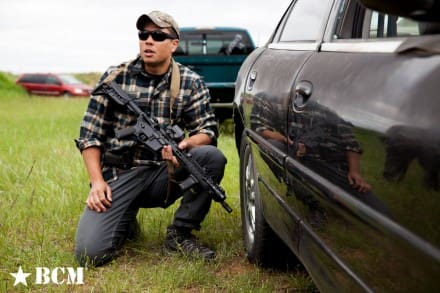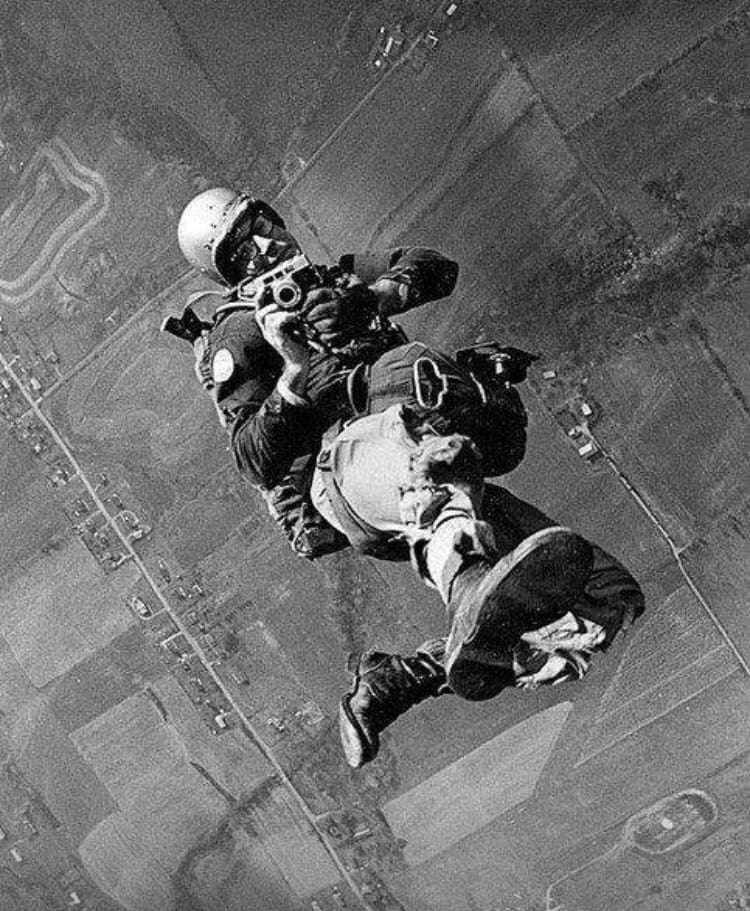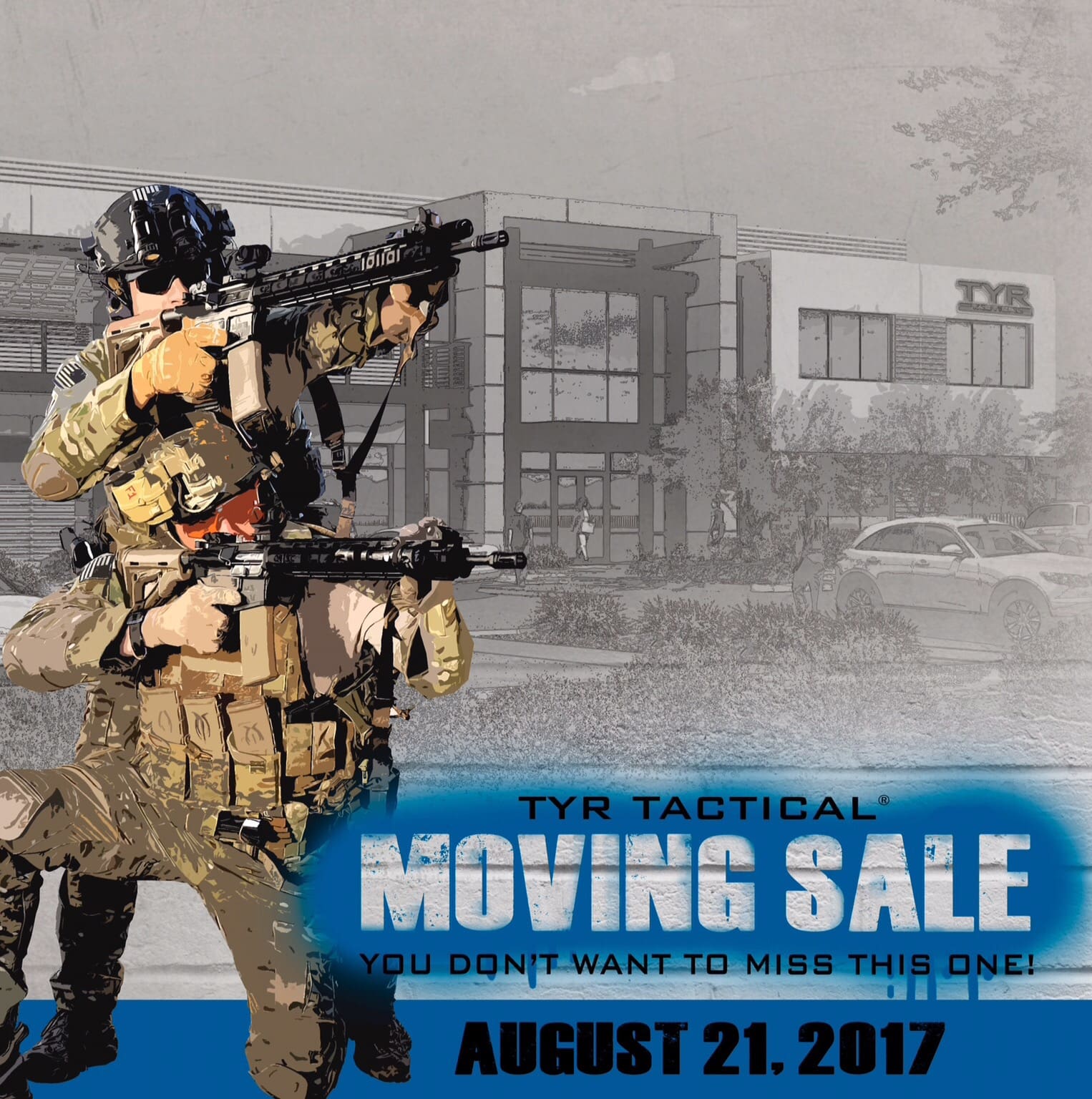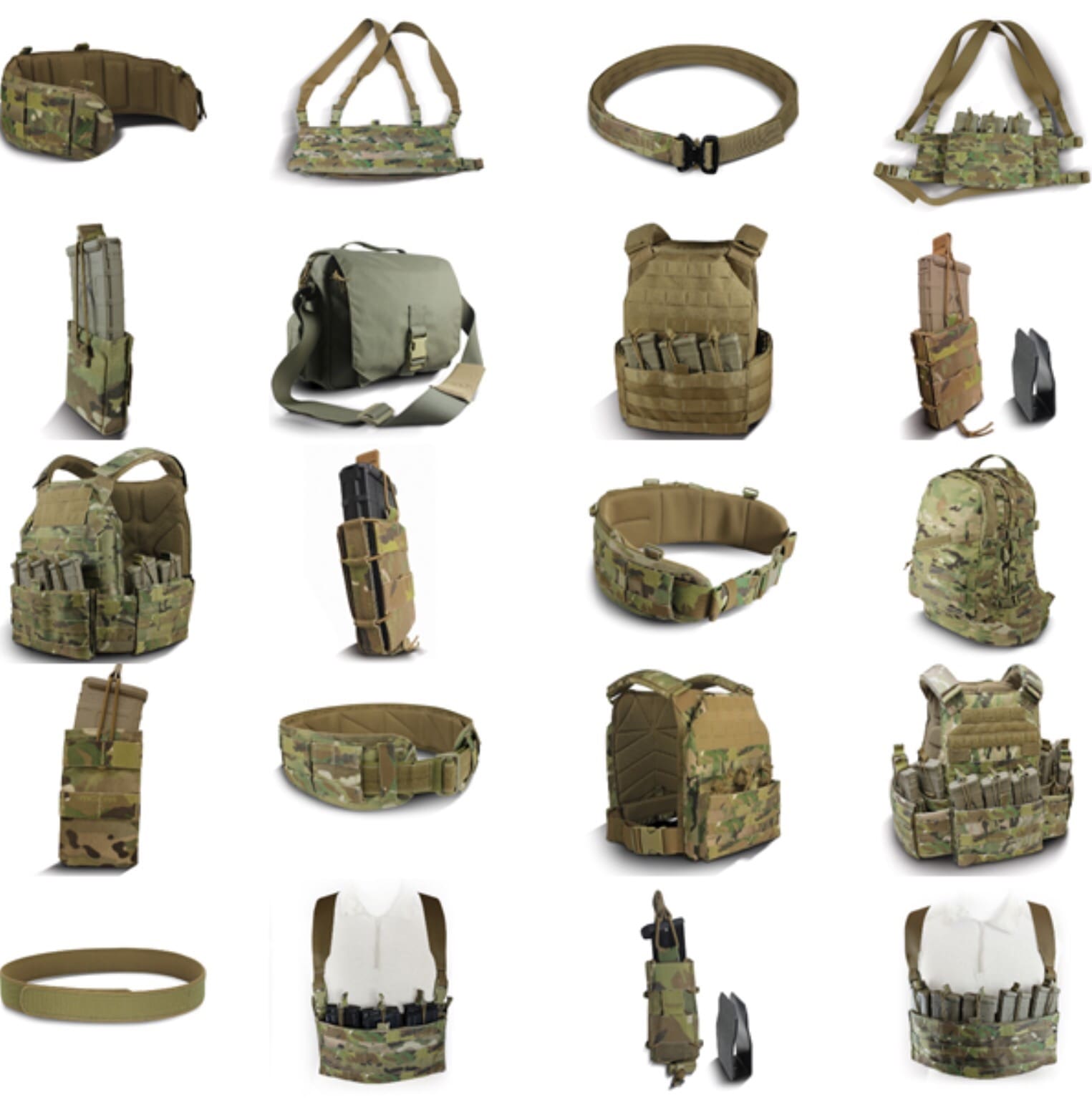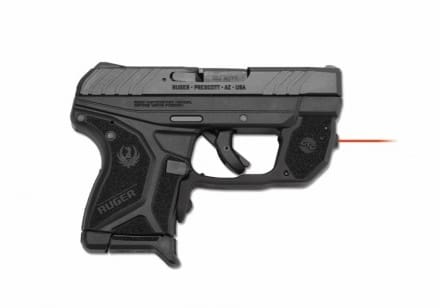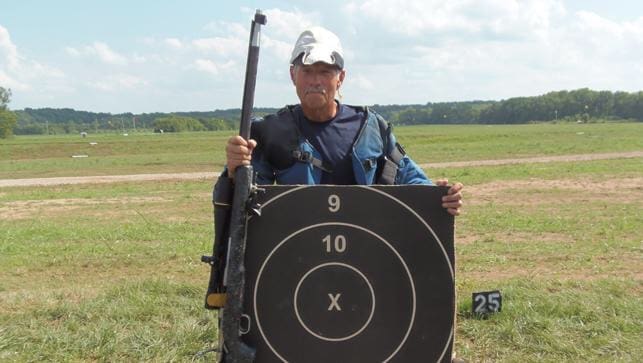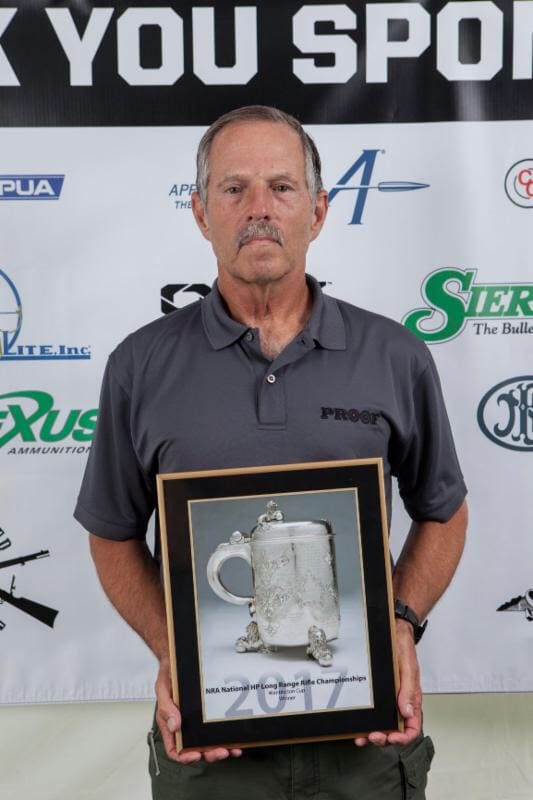Aaron Barruga
August 18th, 2017
Since Thursday, 13 people have been killed and 100 more injured as vehicles were driven into crowds in Eastern Spain as part of terror attacks executed by the Islamic State. In March, a car plowed through pedestrians on the Westminster Bridge in London, killing 5 and injuring 49. Last December, a truck driven through a crowd in Berlin killed 11 people and injured 56.
For terrorists, vehicles pose numerous tactical advantages over traditional small arms or explosive attacks. For these reasons, law enforcement officers should consider the following five concepts.
1: PRE-STAGING A VEHICLE PATROL RIFLE
Whether in the trunk, the center console, or the back of a motorcycle, officers must be familiar with the rapid employment of carbines or any weapon capable of defeating windshields and door panels. Simple dry-fire exercises such as releasing the carbine from its mount and dismounting the vehicle can help with minimizing officer response times during crises.
If responding to crises, officers should consider releasing the carbine and staging it for quick access on the passenger seat of their patrol car. The ability to arrive on scene and immediately step out of his vehicle with a patrol rifle allows an officer to be an immediate force multiplier when responding to crises.
Stow your sling with rubber bands or similar retainers. Slings that hang loosely inside of vehicle mounts can create unnecessary headache should an officer need to rapidly dismount his vehicle. To ensure a patrol rifle’s sling doesn’t catch on dashboard equipment or the steering wheel, slings should be stowed against the patrol rifle with rubber bands. When stowing a sling with rubber bands, remember to build in a quick release by “s” folding the sling. This allows it to move freely of the carbine when an officer decides to sling his patrol rifle.
2: UNDERSTAND SAFE WEAPON READY POSITIONS
Vehicle attacks are most likely to occur in urban environments because of the target density available to terrorists. Responding officers will need to navigate through crowds, possibly with weapons at the ready. Officers must feel confident running with both carbines and pistols in these confined areas. The ability to move aggressively in and around terrain without flagging bystanders or fellow officers is critical for a safe response.
When teaching ready positions, competency should not be sacrificed in favor of misinterpreted simplicity. Despite sayings such as “more tools for your toolbox,” during a stressful situation individuals fall back on the technique that they have the most repetitions performing. Furthermore, utilize common sense when validating ready positions. If a technique contradicts the tenets of developing competent shooters (such as placing a pistol against the shooter’s forehead for “safety”) avoid these methods so that you can instead develop more well-rounded tactical responders.
3: THE DANGERS OF SYMPATHETIC FIRE
Our senses are overwhelmed by stimulus in urban environments. In close quarter engagements, over saturation may cause an individual to pull a trigger as part of a sympathetic reaction to another officer shooting. It is paramount that officers always understand what lay in front and behind the threats they are engaging.
4: HOW TO CLEAR A VEHICLE AS A SINGLETON
The exigent circumstances of terror or active shooter attacks might demand that an officer individually clear vehicles containing suspects. Although certain protocol might advise officers to wait for backup or even SWAT, in his dying breaths a terrorist’s resolve might be to continue killing bystanders. For this reason, an officer must feel confident in his ability to clear a vehicle by himself. This does not suggest that officers unnecessarily put themselves at risk, but it also does not excuse them from performing the task should it be necessary.
5: IMPROVISE, ADAPT, AND OVERCOME.
In preparing for urban terror attacks, perform scenario training that encourages adaptability and abandons rigid training approaches, or “if this, then that” mentalities. Despite being labeled as “stress induced” or “unscripted,” a lot of scenario based training fails officers because the techniques taught only work under the very narrow guidelines of the specific training scenario. This produces officers that are great at navigating artificial training environments, but these individuals are more likely to freeze when responding to the spontaneous nature of a real fight.
It is impossible to predict exactly how an attack will be executed, or what exactly will transpire on the ground during the attack. For these reasons, it is critical that officers participate in training that encourages both flexibility and decisiveness.
Aaron Barruga is Special Forces veteran with deployments to Iraq, Afghanistan, and the Pacific Theater of Operations. He has trained foreign commandos, police officers, and militia fighters. He is the founder at Guerrilla Approach LLC, where he consults law enforcement officers on counter-terrorism and vehicle tactics.
www.guerrillaapproach.com
www.facebook.com/guerrillaapproach
www.instagram.com/guerrilla_approach



